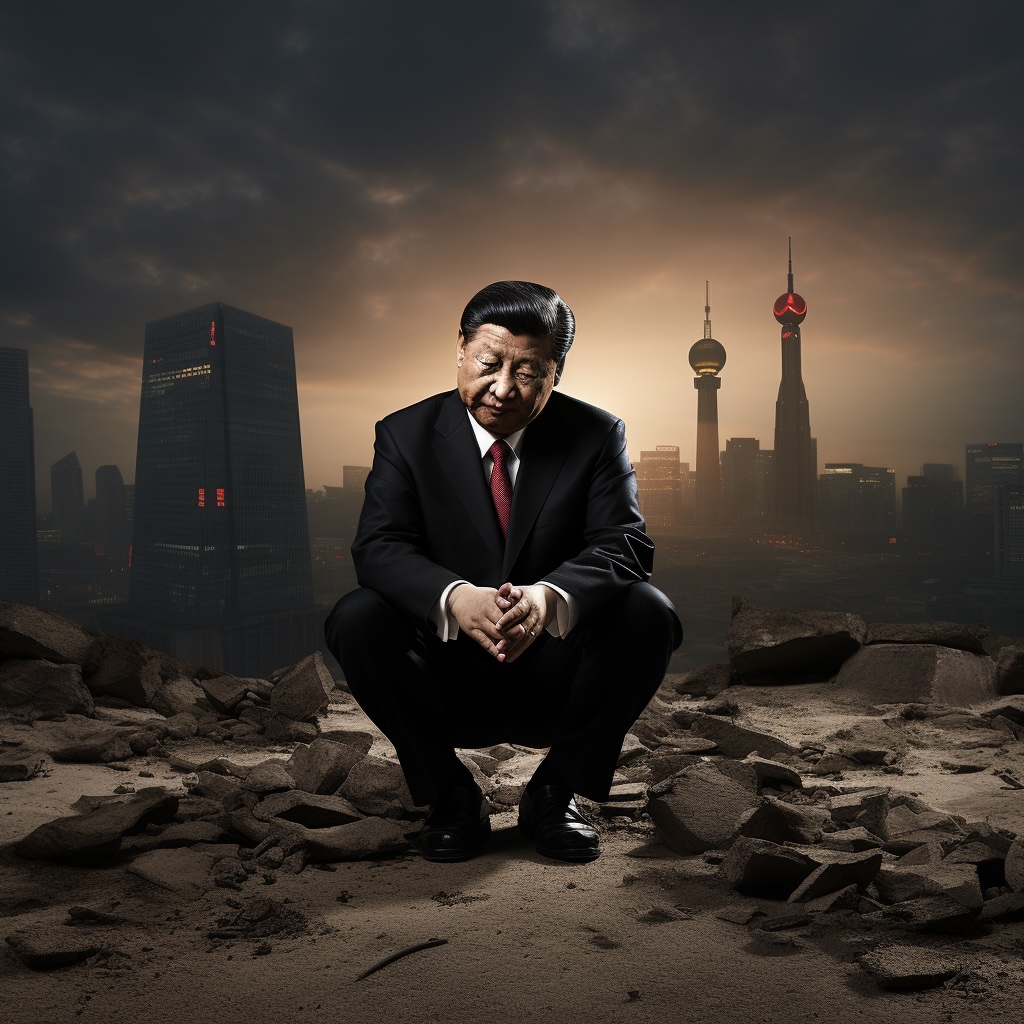China’s Economic Tremors Send Ripples Through Global Markets

Currently grappling with inflation, geopolitical tensions, and policy shifts, the international economic arena faces an unpredictable future in 2023-2024. The deceleration of China’s economy, a significant actor in this landscape, creates noticeable effects worldwide.
Distinct regional responses depict a complex scenario. In Europe, rising prices are causing economic concerns, starkly contrasting with North America, which shows more promising signs. The focus is on Asia-Pacific, specifically China’s $17 trillion economy, a critical factor in shaping global trade and economic growth.
Uncertain Times Ahead
Businesses are generally optimistic about their 2024 profit forecasts and confront challenges from the pandemic’s long-term impacts. Persistent inflation and the realignment of supply chains are hindering the anticipated post-COVID recovery, leading to slower growth and increased economic fragility.
“The crisis highlighted the double-edged nature of global interconnectedness,” noted an expert in emerging market economics. “We are managing a complex path forward.”
In the U.S., issues like climate change, demographic shifts, and national debt are concerns, yet the country shows economic resilience, evidenced by robust inflation and employment figures. Canada, meanwhile, anticipates a modest start to 2024, with expectations of stronger growth as the year progresses.
Strategic flexibility and proactive planning are becoming crucial for global businesses in these unpredictable times.
Complexities of China's Economic Influence
China, the global manufacturing hub, significantly influences the world economy. However, its stringent lockdown measures have disrupted production, echoing through international supply chains.
“Multinational corporations are deeply dependent on China’s industrial output,” an analyst specializing in global supply chains observed. “An extended downturn there could lead to product scarcities and climbing prices.”
Beijing’s regulatory crackdowns and pandemic policies slowed to a mere 3% growth in 2022. Although there are signs of recovery as restrictions relax, the International Monetary Fund forecasts China’s GDP growth at just 4.4% this year – insufficient to bolster global demand.
Further Fallout
China’s rapid economic growth has historically been a major driver of global economic expansion. But now, facing its slowest growth rate in four decades, the repercussions for international trade are potentially significant.
Despite the looming risks, global business sentiment remains relatively stable. Despite the prevailing uncertainties, over half of the surveyed companies anticipate increased profits in 2023.
Inflation trends are likely to differ regionally. While developed economies may gradually ease inflationary pressures, emerging nations could experience escalating living costs, particularly in food and fuel.
“The economic landscape is multifaceted,” stated a former monetary policy advisor. “Innovative strategies and policy support can enhance resilience in these challenging times.”
China’s role continues to draw attention as we enter a period marked by redefined trade blocs and supply chains. Emerging markets cope with soaring inflation while developed nations strive for economic stability.
For companies navigating this intricate economic terrain, the value of adaptability and caution is now even more pronounced. However, having adapted to recent crises, the global economic community holds the potential for optimism.
Global Response and Future Projections
The global economic community is actively responding to China’s slowdown. Governments and businesses are reassessing their strategies and seeking alternatives to mitigate risks. Diversification of supply chains is a key focus, with an increasing shift towards regional partners to reduce dependency on any single country.
Financial markets are also adapting. Investors are recalibrating their portfolios, increasingly favoring industries less affected by geopolitical uncertainties. Technology, renewable energy, and healthcare sectors are gaining traction as safer investment havens.
Looking ahead, experts predict a cautious yet hopeful outlook. Economies are expected to stabilize gradually, aided by government interventions and a shift towards more sustainable growth models. The emphasis on digital transformation and green initiatives could offer new avenues for development, cushioning the impact of China’s slowdown.